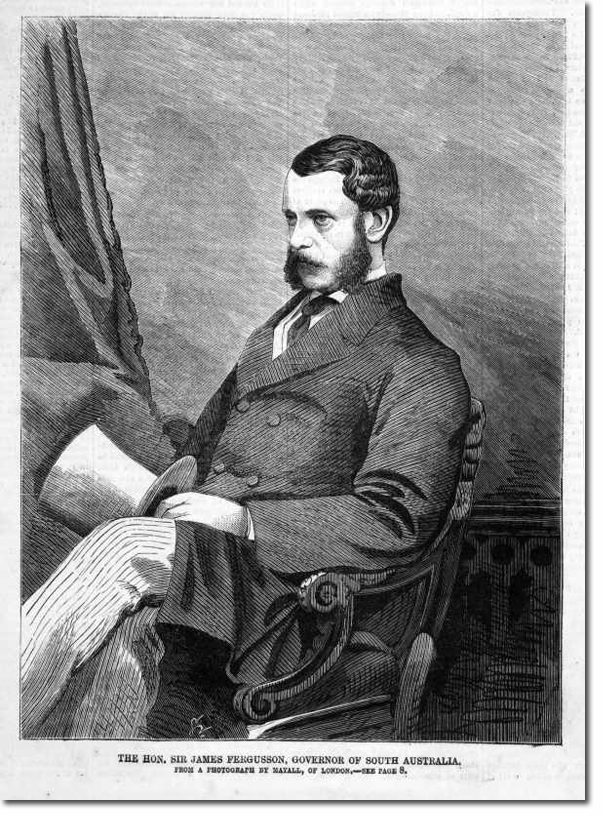|
|

 |
| Fergusson brought with him to Australia a firm belief in responsible government and a strong conviction in the virtues of British parliamentary methods. However, the South Australian political scene possessed features very different from those in Britain: there were triennial elections based on manhood suffrage and the secret ballot, there was an absence of distinct political parties in the local parliament, meaning ministries were short-lived, the person who formed a ministry was not always its head, there was strong opposition to recognizing the office or even the title of premier, and ministers expended public funds in ways that would not have been permitted at home. Fergusson also found that ministers took decisions in cabinet first and informed the governor afterwards, if at all. He tried to use his position to introduce the practices of British politics, reform the financial system, encourage public works (especially communications), and enhance the ceremonial role of his office by frequent tours and entertainments at government house. He regarded a vote of no confidence in ministers as grounds for an appeal to the people and twice granted dissolutions—to H. B. T. Strangways in February 1870, and to A. Blyth in November 1871—on each occasion despite addresses from both houses of parliament. These elections did not result in ministries any more stable than their predecessors. Nor was Fergusson successful in securing recognition of the office of premier. On finance, he deplored the practice of ministers in expending funds in excess of sums voted by parliament, sometimes for purposes not included in the estimates. Ultimately, he got them to agree that additional expenditures should be embodied in an appropriation act. He was in complete harmony with ministers in their successful attempt to ensure that the telegraph link with Europe through Singapore to Port Darwin should continue to Port Augusta, near Adelaide, instead of passing through Queensland, the route favoured by the Colonial Office and the Treasury, and used his influence to secure construction of this route, thus putting South Australia first in line with Britain. The link was completed in 1872. Fergusson was indefatigable in inspecting public institutions and lent his support to new public projects, including the university, and made a handsome donation towards its establishment. He was free and open-handed in such matters, though he found the costs of entertaining put him out of pocket. Fergusson experienced both personal happiness and sorrow in South Australia: in April 1871 his wife gave birth to a second son, their fourth child; in the following October she died after a painful illness. Fergusson served on for another year. In November 1872 the Gladstone government appointed him governor of New Zealand and he left Australia on 6 December 1872. By then he had become engaged to Olive (d. 1882), daughter of John Henry Richman, of Warnbunga, South Australia. He married her in New Zealand on 11 March 1873. They had one surviving son, Alan Walter John (1878–1909). |
South Australia | South Australia Administrators
Armed Forces | Art and Culture | Articles | Biographies | Colonies | Discussion | Glossary | Home | Library | Links | Map Room | Sources and Media | Science and Technology | Search | Student Zone | Timelines | TV & Film | Wargames